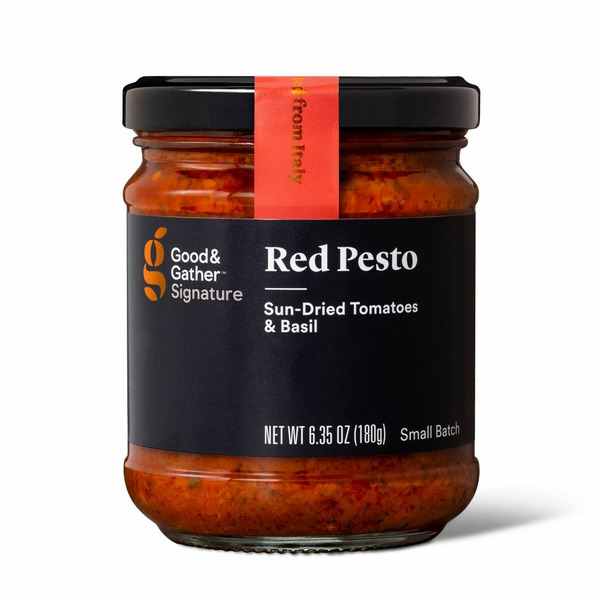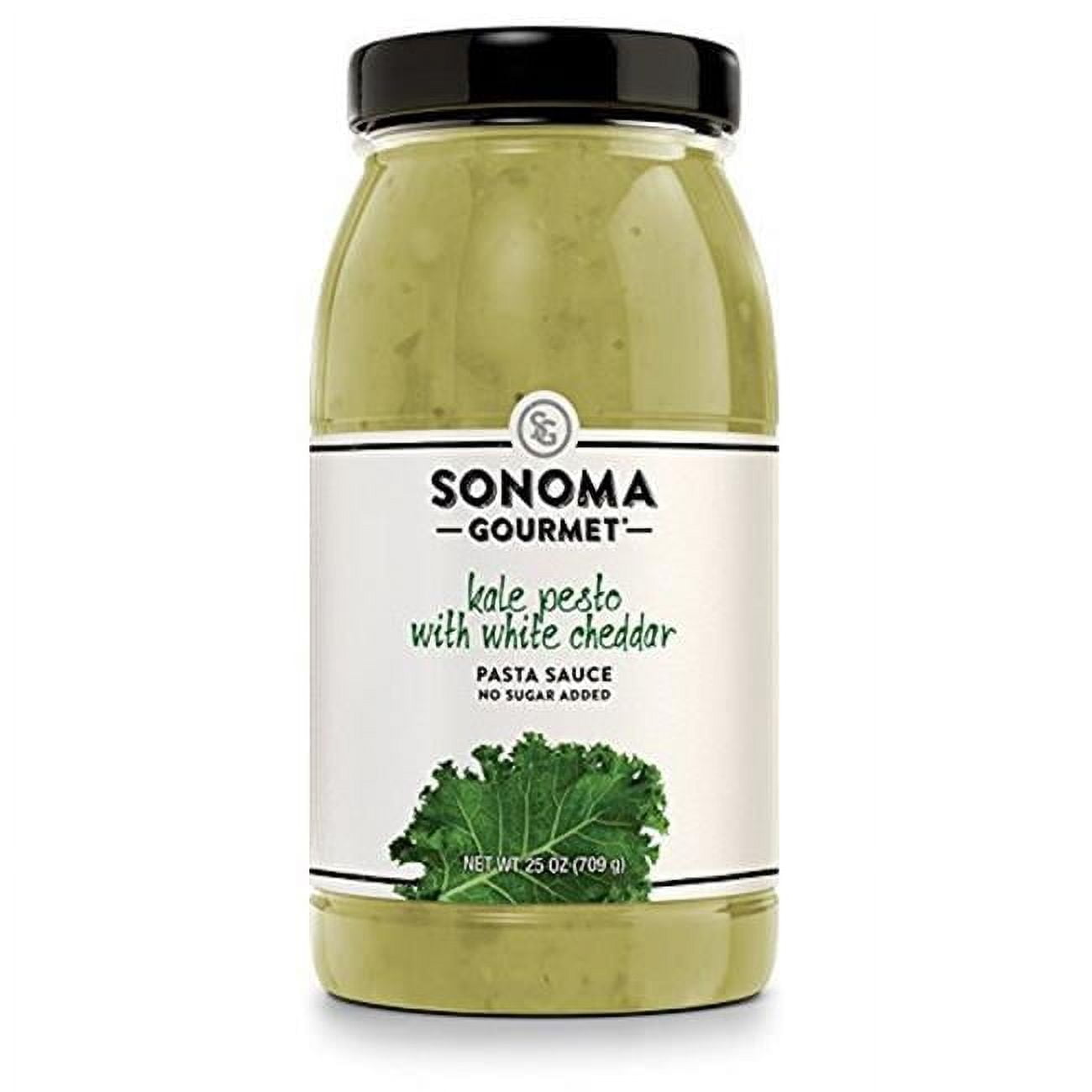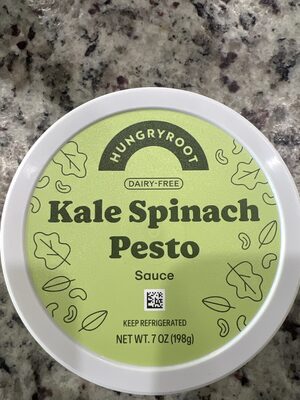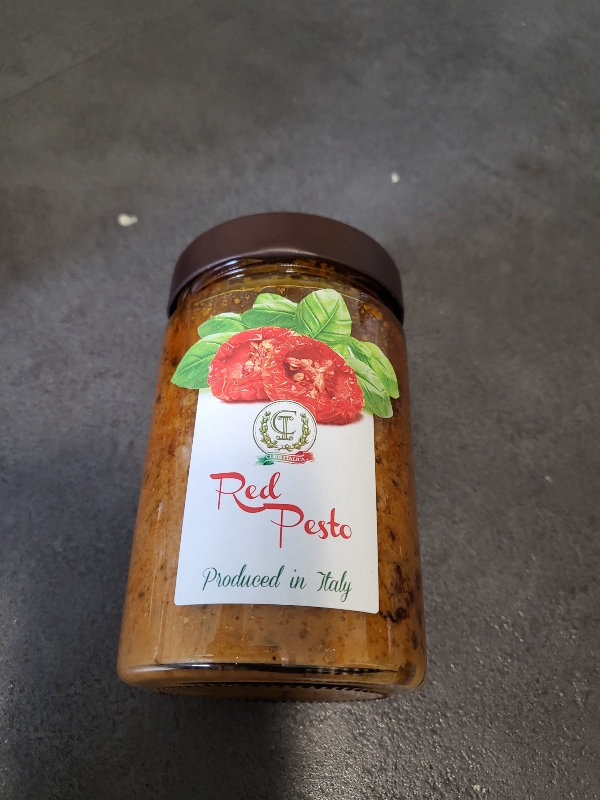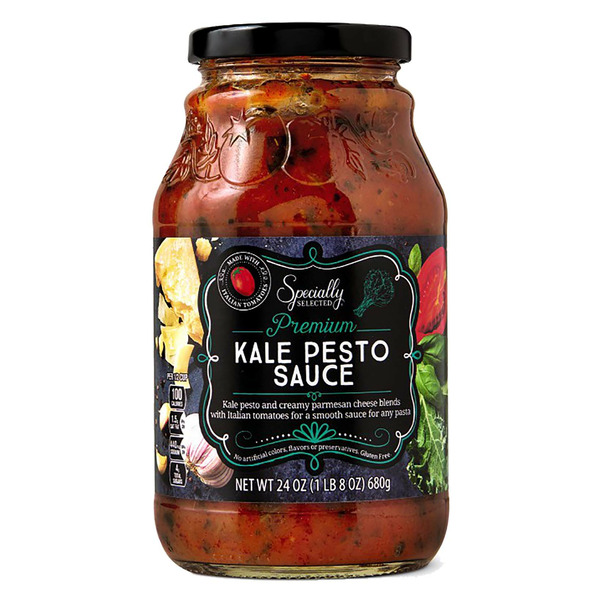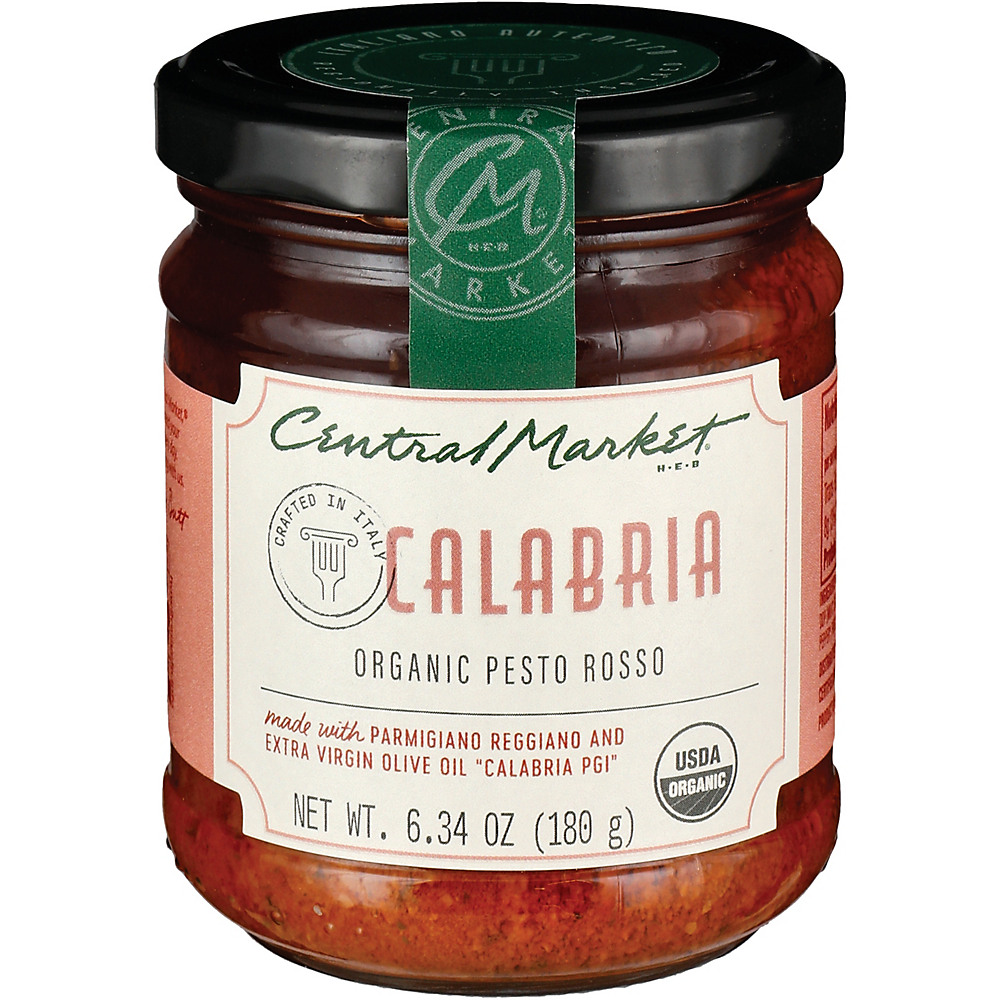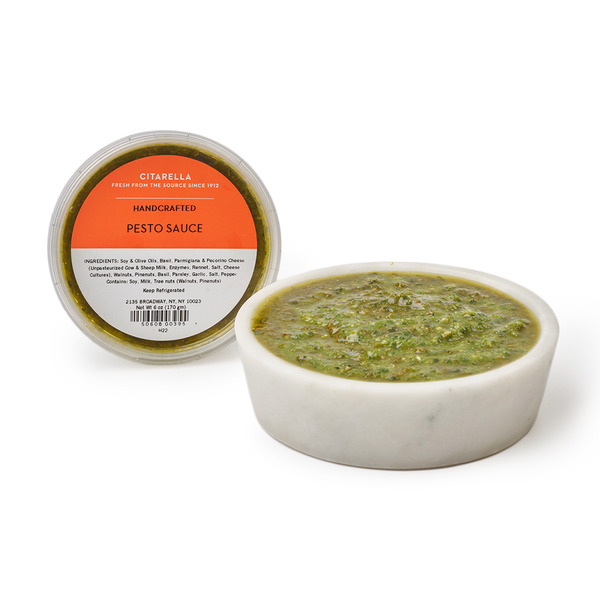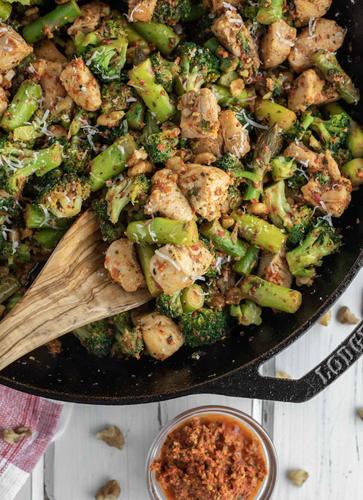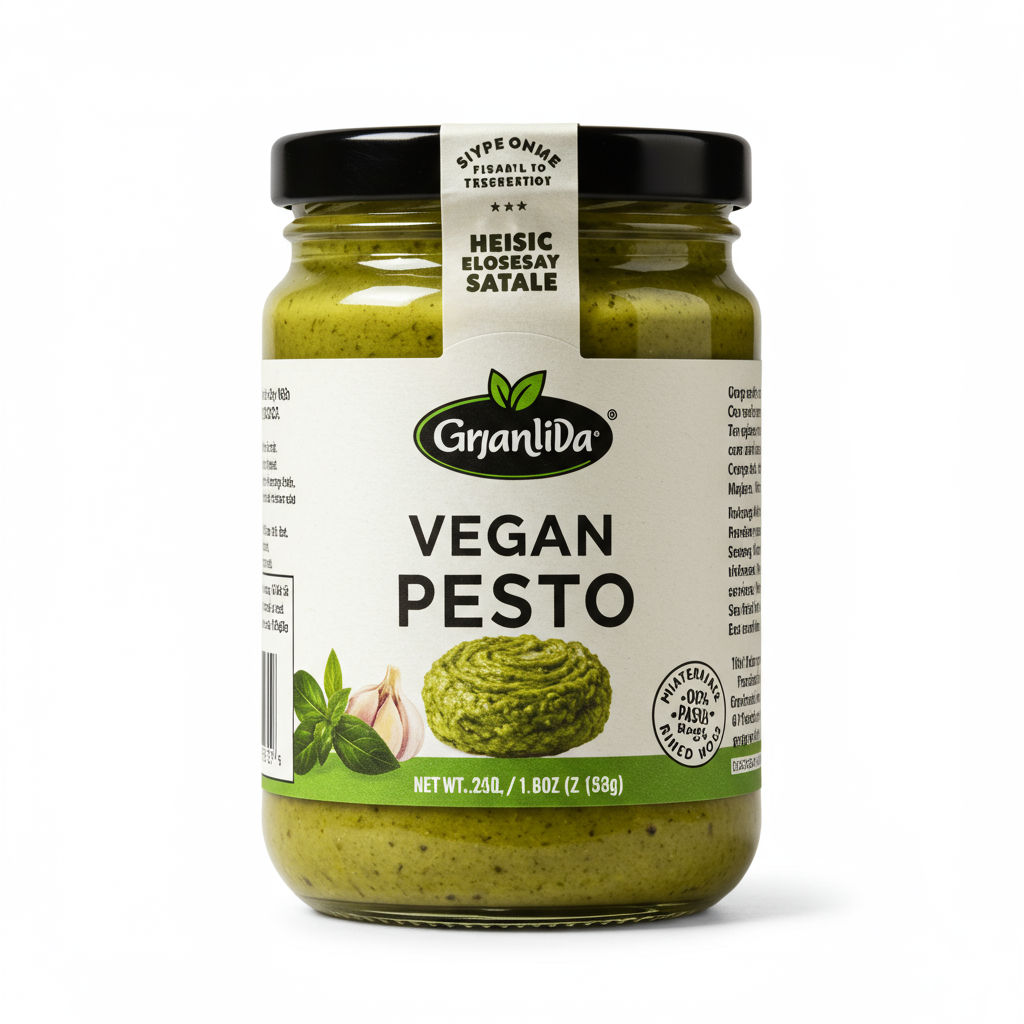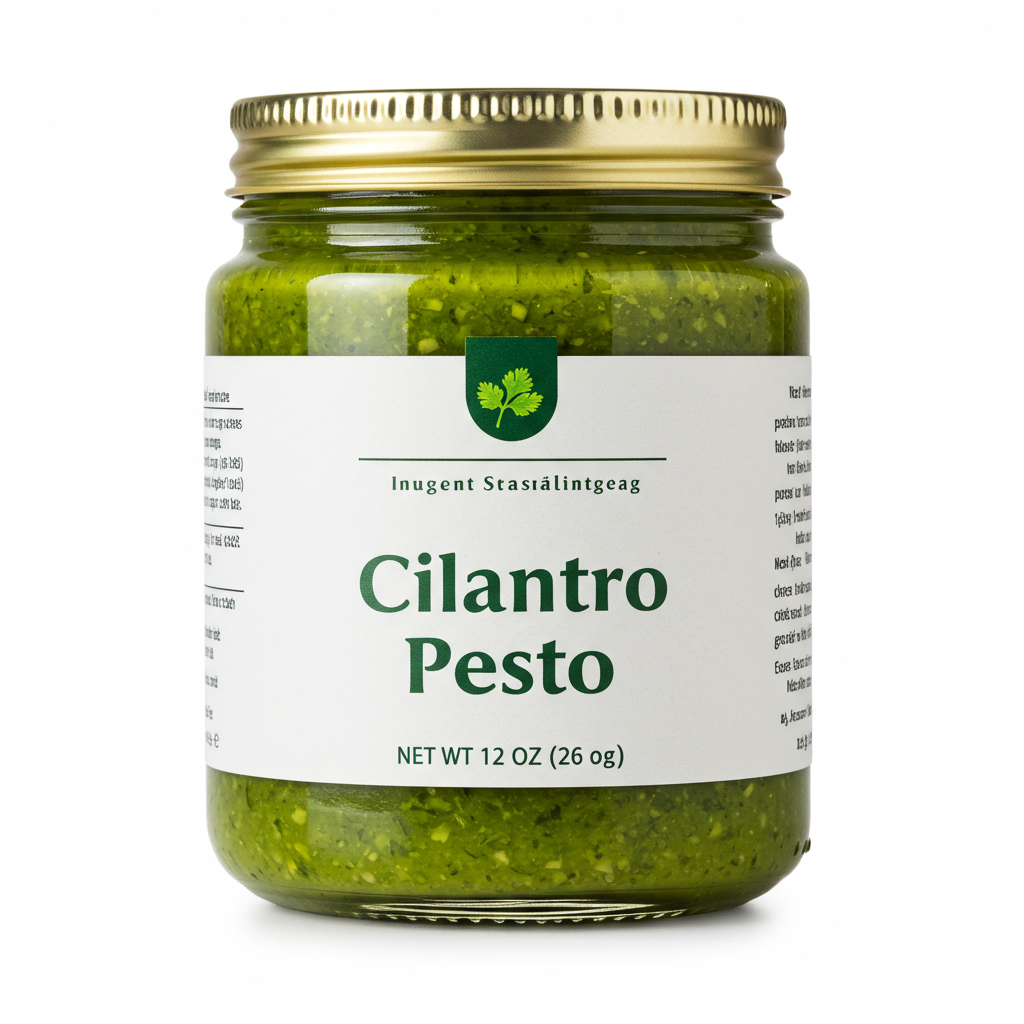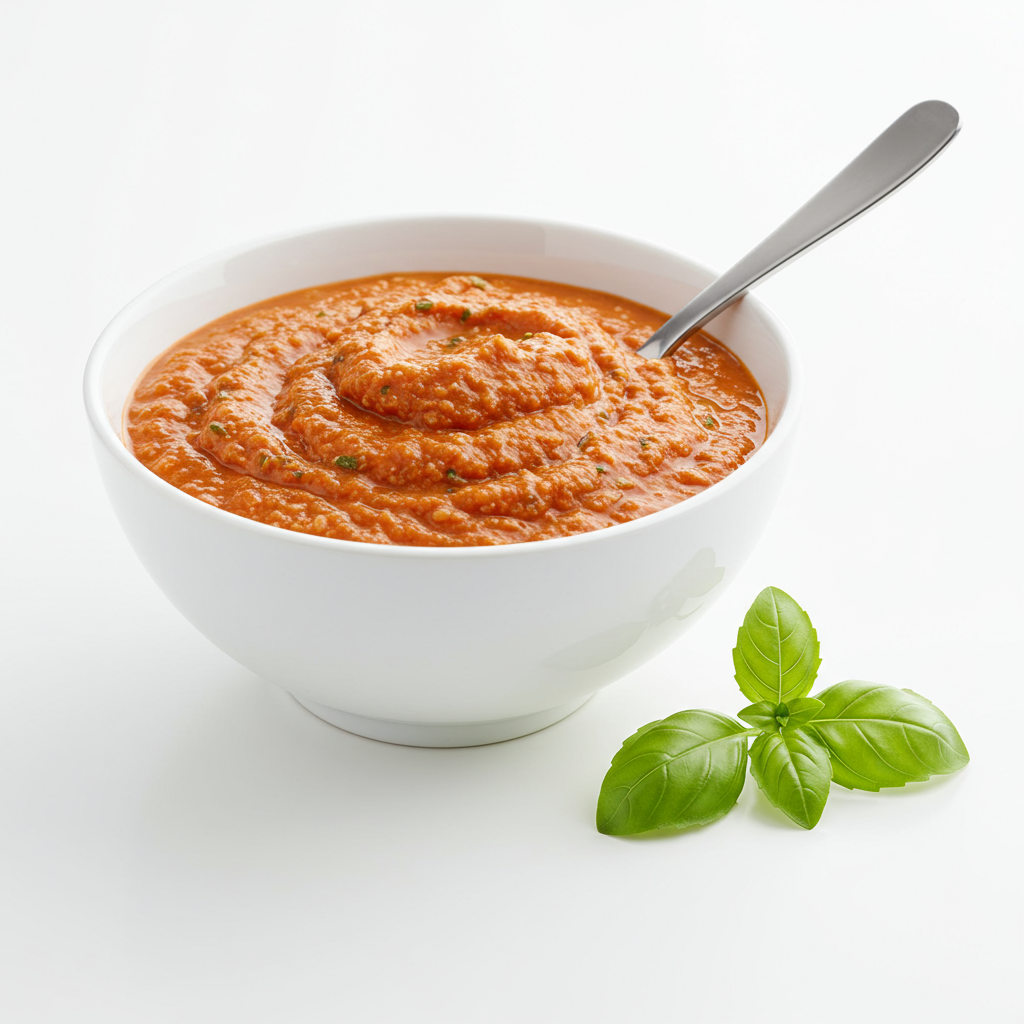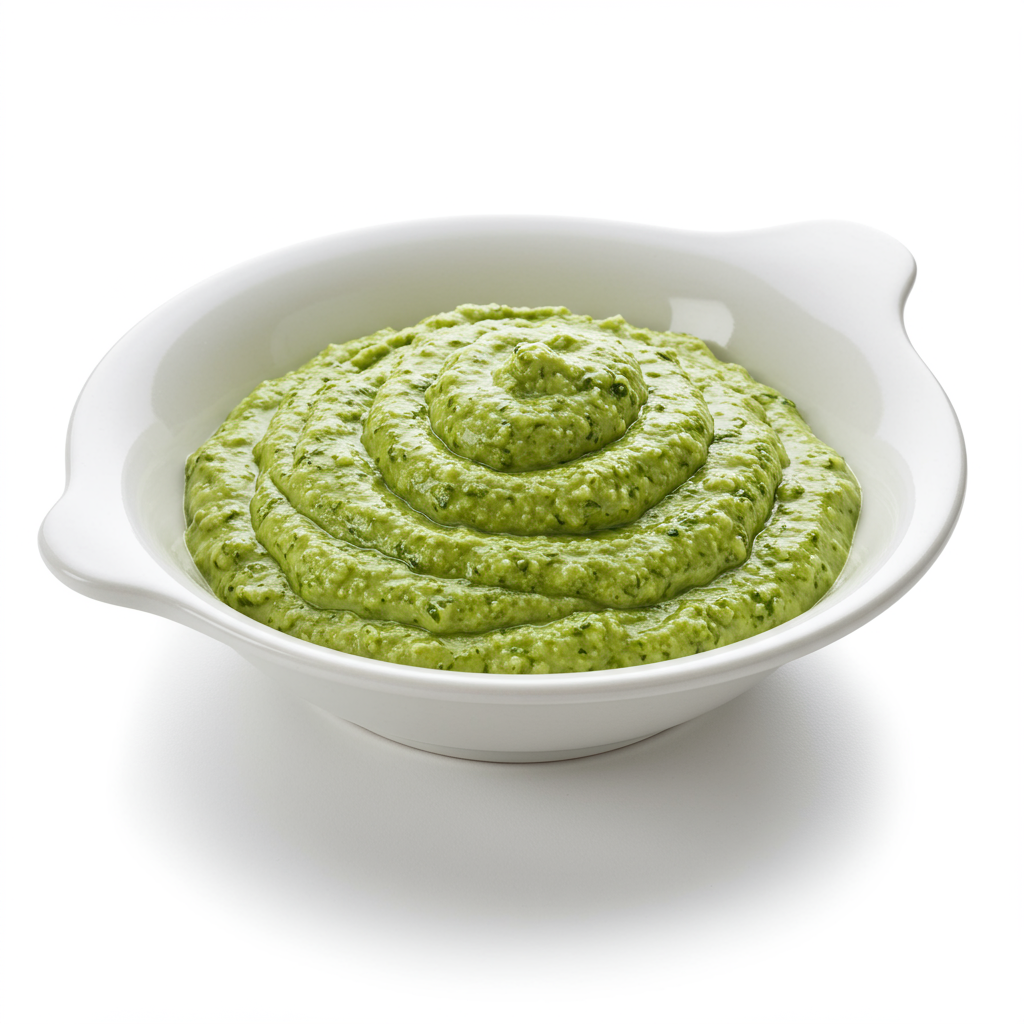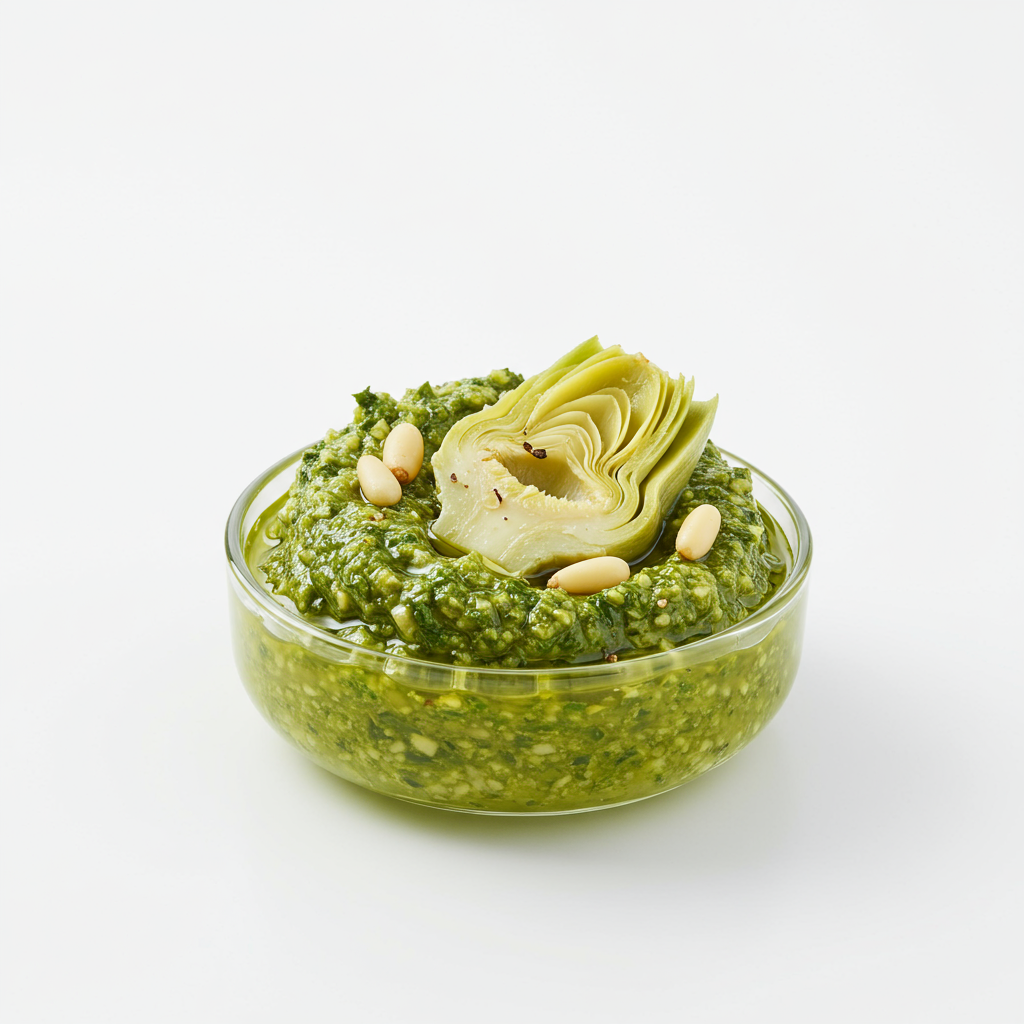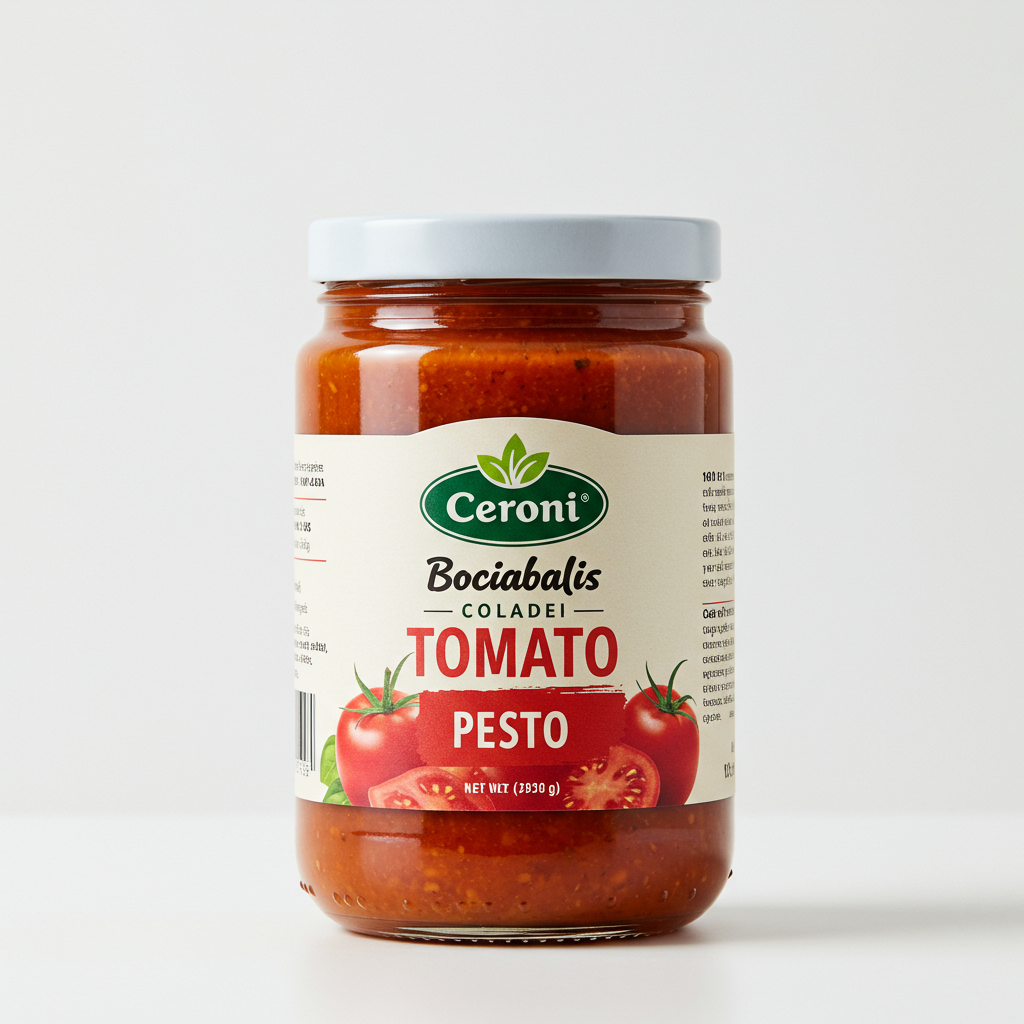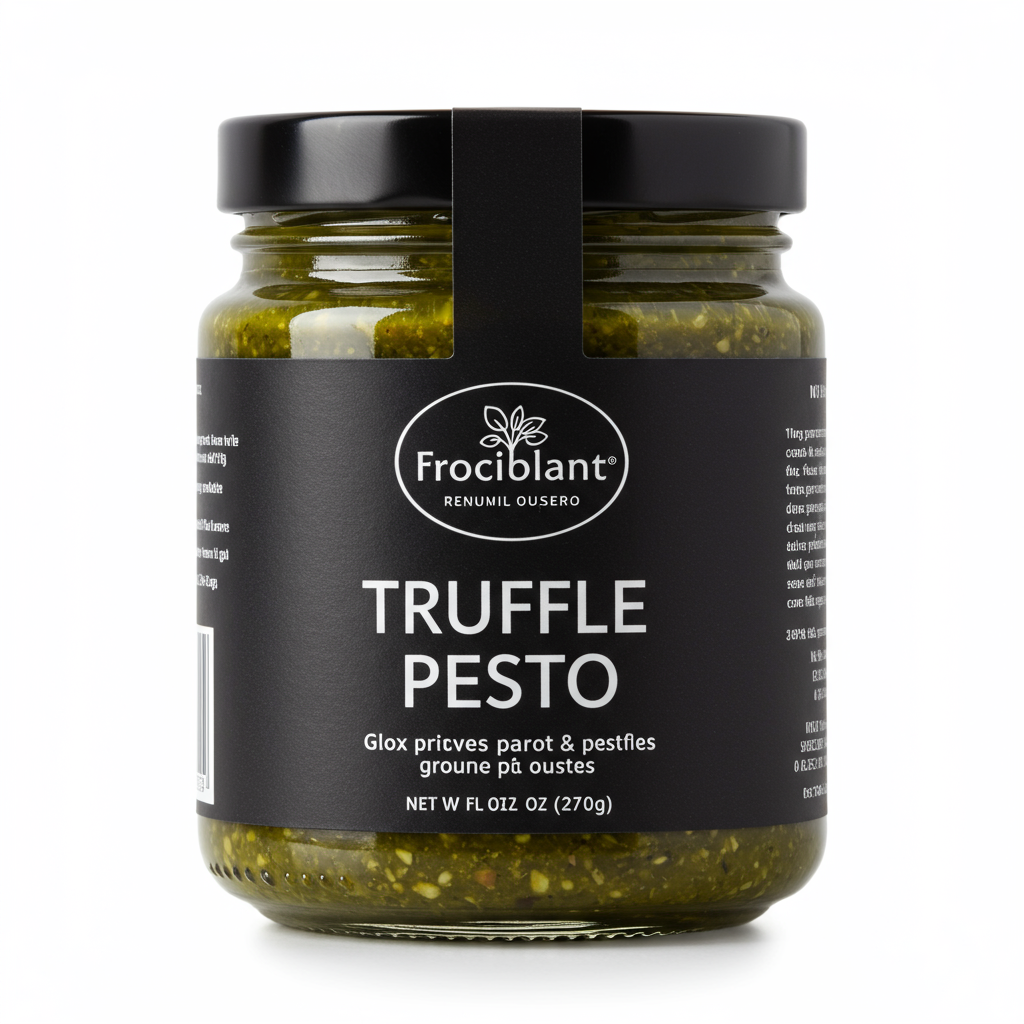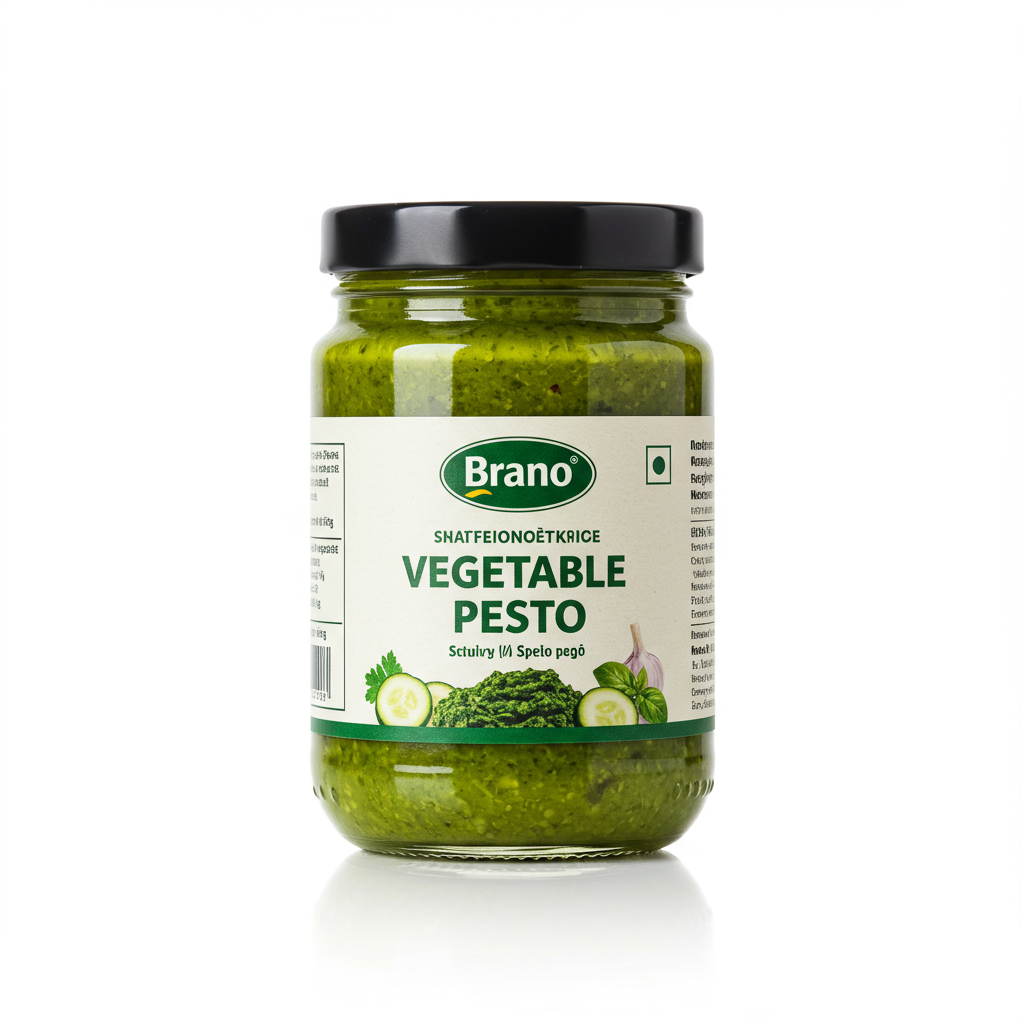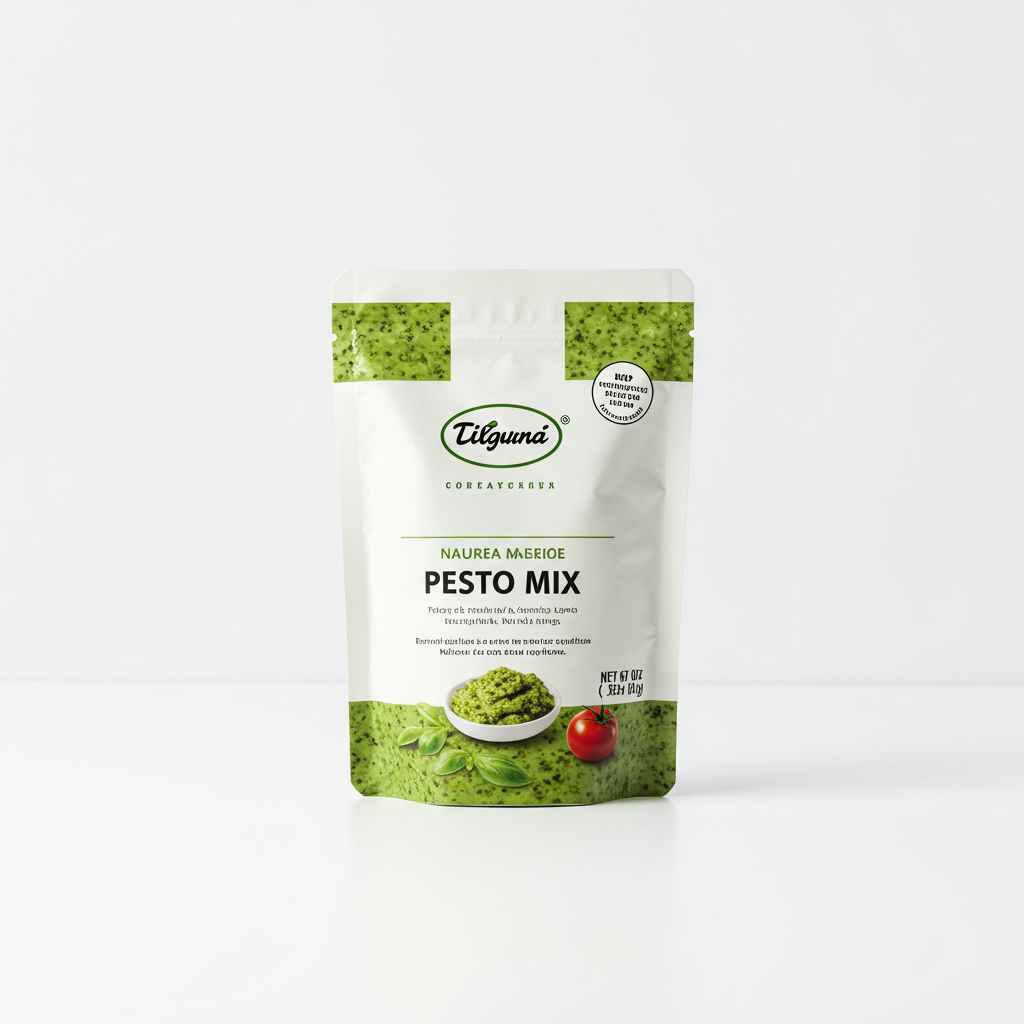CONDIMENTS AND SAUCES
Pesto
Pesto is a versatile and flavorful Italian sauce originating from Genoa, Italy, typically made from fresh ingredients such as crushed garlic, pine nuts, coarse salt, basil leaves, Parmigiano-Reggiano, and high-quality extra-virgin olive oil. Traditionally prepared using a mortar and pestle, pesto has a unique texture that sets it apart from other sauces, making it a popular choice for pasta dishes, sandwiches, and salad dressings.
Apart from the classic there are many variations featuring different ingredients like sun-dried tomatoes, arugula, or kale. The sauce is not only easy to prepare at home but can be stored in an airtight container in the fridge for future use, providing a burst of flavor to any meal.
18%
CARBS
65%
FAT
17%
PROTEIN
638 Pesto Products
17 Recipes for Pesto
4
Sizzling Spicy Pesto Shrimp and Mushroom Skillet
3
Luscious Pesto Alfredo Pasta
5
Farmhouse Style Zucchini-Pesto Parmesan Bake
3
Express Lemon Pesto Penne with Blistered Tomatoes and Broccoli
Char-grilled Shrimp with Zesty Pesto
2
Bucatini with Zesty Tomato-Ricotta Pesto and Balsamic Glazed Cherry Tomatoes
Toasted Almond Pesto Cauliflower
3
Pesto Cheese Lazagna Rolls in a Skillet
Used In 5 Recipes
Pesto Is Frequently Used With
Pesto FAQ
When cooking with Pesto, people often overlook its versatility. Being more than just a pasta sauce, pesto can top off various dishes, from grilled vegetables to roasted chicken. Over-usage of pesto is a common mistake, as too much can overpower other flavors in a dish. To get the most out of pesto, use in moderation and consider it a condiment, not just a sauce.
Pesto’s flavors are rich and bold, making it a great ingredient to experiment with in different recipes. You can mix pesto with mayo for an instant gourmet sandwich spread or even swirl into hot soup for added richness. Making homemade pesto allows you to tweak the recipe to suit your taste. For an extra touch, try adding lemon zest or red pepper flakes.
Interestingly, pesto does not have to be green! Different varieties of pesto can color and flavor up your dishes. Try making a red pesto with tomatoes and peppers or a purple one with beetroot and walnuts.
Can I substitute for nuts in pesto if I have a nut-allergy?
How can I make a lower-fat version of pesto?
How can I make my homemade pesto creamier?
Can I use other types of cheese in pesto?
Can I make pesto without basil?
Is pesto only used on pasta?
My pesto tastes too bitter, what did I do wrong?
Can pesto be used as a pizza sauce?
Can I use dried herbs to make pesto?
Can I freeze pesto for later use?
Expiration & Storage Tips
When does pesto expire?
Unopened store-bought pesto typically lasts for 1-3 months past the printed date on the jar, while open jars can last for about a week in the refrigerator. Homemade pesto can keep for up to 1 week in an airtight container in the fridge. You can also freeze pesto to extend its life for up to 9-12 months.
How do you tell if pesto is bad?
Pesto will show signs of spoilage through changes in it's smell, color and texture. Typically when pesto goes bad, it starts to become darker in color, going from a vibrant green to a drab brown. The oil in the pesto may also begin to separate from the other ingredients. If it starts to give off a sour or unpleasant odor, it's time to toss it out.
Tips for storing pesto to extend shelf life
• Always store pesto in an airtight container in refrigerator.
• Try to limit the amount of air contact with the pesto by pressing a piece of plastic wrap directly onto the surface before sealing with a lid. This can help prevent oxidation and maintain that vibrant green color.
• Mix a thin layer of olive oil on the top of your pesto to protect it from air exposure.
• If you're freezing pesto, consider freezing it in an ice cube tray then transferring the frozen cubes to a freezer bag. This way, you can thaw just the amount you need at a time.
• Choose dark glass containers for storage. Light can degrade the oils in pesto, which can affect its flavor and quality.
EXPIRES WITHIN
10 - 15
MONTHS
Equivalents
Substitutes
Health Info
Macros
1g
CARBS
5g
FAT
1g
PROTEIN
Allowed on these diets
LOW FAT
HIGH CALCIUM
VEGETARIAN
KETO
MEDITERRANEAN
LOW CARB
GLUTEN FREE
Contains these allergens
MILK
TREE NUTS



